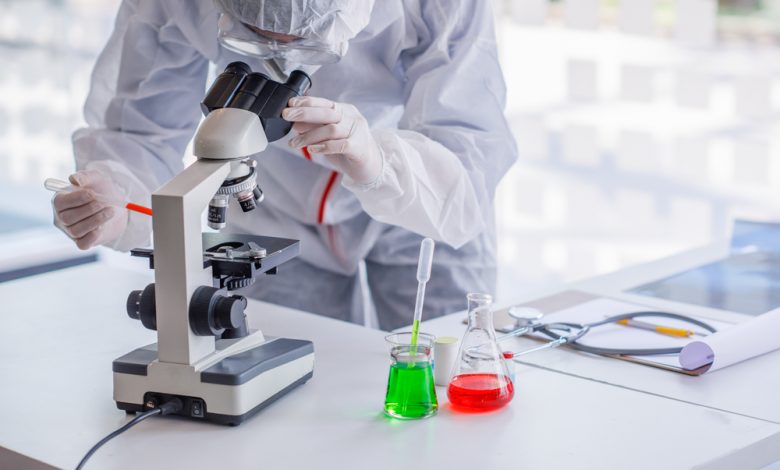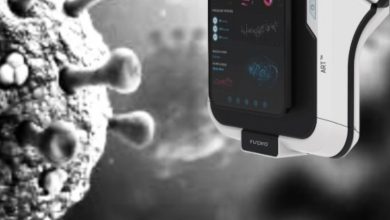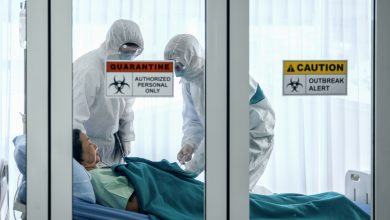
With the coronavirus pandemic raging on, many are placing their hopes on a vaccine. The estimates on when a vaccine will be ready range from a few weeks to several months, depending on who you ask. So, how are vaccines made? What are the stages of vaccine development?
In general, vaccines go through six stages of development – Exploratory, Pre-Clinical, Clinical, Regulatory Review and Approval, and Manufacturing Quality Control.
Table of Contents
Phase One – Exploratory Phase
The exploratory phase is when basic research is conducted into the virus in question and how to counter it. The exploratory phase can take several years to complete. Scientists look for natural and synthetic antigens to fight a virus. The research process is a long one that takes years due to how long it takes to secure funding, get approval, and study the results one by one.
However, the vaccine for a pandemic, such a the ongoing coronavirus, is treated a bit differently. With the entire world facing the threat of the virus, countries, and health organizations have pooled all their resources to fast-track the development process. Over 250 different therapies and 95 potential vaccines are being explored right now. The goal is to have as many options open in the hopes some of them will succeed and move to Phase Two.
Phase Two – Pre-Clinical Phase
Vaccines that pass phase one are tested on animals like mice and monkeys to see if they create an immune response. The preclinical phase also lasts for up to two years in a typical scenario. Scientists attempt to calibrate the vaccine to get the results for humans.
This stage is when scientists will work out the right dose and administration method as well. Scientists will do “challenge studies” where they vaccinate animals and then infect them with the disease to test the effectiveness of the vaccine.
Phase Three – Clinical Development
The clinical development phase is broken down into three sub-phases. These phases represent testing the vaccine on varying numbers of people. This is also the point where promising vaccines can fail.
• Phase One
Phase one trials are performed on between 20 and 100 people with the disease the vaccine treats. These volunteers should be otherwise fit and healthy. Phase one assesses how safe the vaccine is and determines the “type and extent” of immune response the vaccine causes. This phase takes roughly two months.
• Phase Two
The second phase sees the vaccine tested on hundreds of people. The volunteers are segregated according to their age, to better understand how the vaccine affects different age groups. As with phase one, scientists attempt to discern how safe and effective the vaccine is during this stage.
Scientists use this phase to learn more about the immunogenicity, delivery method, potential dose size, and immunization schedule during this phase. The second phase can take several months or years to complete. Trials in stage two are randomized and placebo-controlled.
• Phase Three
Thousands of people are vaccinated for this phase. Scientists assess how many people are infected compared to those who got a placebo. Scientists use this phase to determine the side effects of the vaccine if any. This is the final stage before vaccines are released to the public.
• Phase Four
Some vaccine manufacturers may implement the fourth stage after the vaccine is released. Manufacturers continue testing the vaccine to ensure it is safe and efficient. They also see if it could be used for anything else.
Stage Four – Approval Phase
Vaccine approval may be accelerated if there already exists a similar vaccine. However, for a novel coronavirus, there are no such similar vaccines. It is unlikely that the approval process would be expedited. With that said, the vaccine could receive “emergency use authorization” before obtaining formal approval due to the pandemic. It may be administered to high-risk patients and used in emergencies before being approved for the general public.
Stage Five – Manufacturing Phase
It takes a lot of manufacturing capacity, including infrastructure, equipment, and personnel, to mass-produce a vaccine. The entire manufacturing process must also adhere to strict quality control methods. The vaccine should also be distributed on a priority basis, meaning the most vulnerable people get access to the virus first.
Stage Six – Quality Control
The vaccine isn’t ready just because the public is taking it. Vaccines continue to be monitored and checked after release. If something goes wrong or the vaccine causes an unknown side effect, it goes back to the lab, and the process starts again.





Leave a Reply
Thank you for your response.
Please verify that you are not a robot.